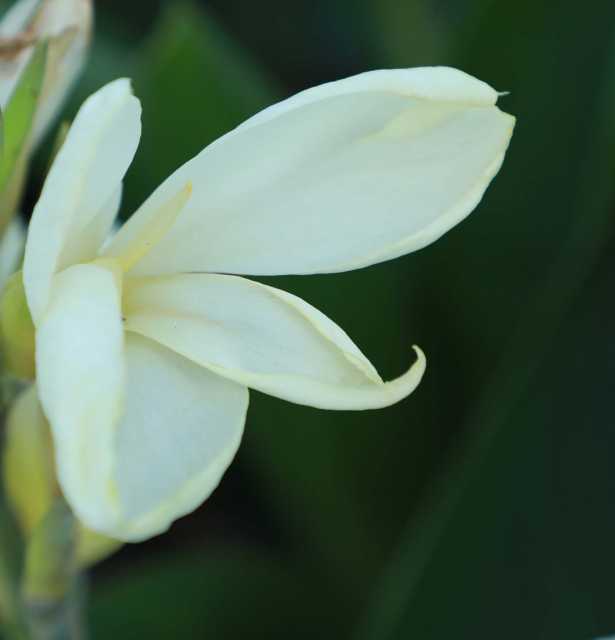Canna ‘Vanilla Cabana’ (J. Berry Nursery) One of the highlights of the Perennial Plant Symposium each year is the “New to the Market” Forum, which allows perennial breeders and suppliers to highlight their hottest new offerings. Greenhouse Grower has already featured several of them , and here are a few more you should be considering for 2020 (check out the slideshow above for images of each). Canna ‘Vanilla Cabana’ (J. Berry Nursery) Propagation method: Tissue culture Hardiness: Zone 7 Dimensions: 12 inches by 12 inches Plant habit: Consistent and compact Cultural conditions: Heat and drought tolerant once established Canna ‘Vanilla Cabana’ offers a compact habit, repeat blooming, and beautiful foliage. It is low maintenance and virus-free indexed. This canna is ideal in a mass for landscape plantings, as an outstanding specimen plant, or in a container garden feature. Vernonia ‘Summer’s Surrender’ (Chicagoland Grows) Propagation methods: Readily propagated by shoot-tip cuttings taken in early to late June in Zone 5. Hardiness: Zones 4 to 8 Dimensions: Five-year-old plants measured 48 inches tall and 74 inches wide. Cultural conditions: Plant in full sun and in a location with good air circulation. ‘Summer Surrender’ has proven adaptable to both moist and dry soil and has exhibited excellent resistance to rust and powdery mildew. ‘Summer’s Surrender’ is no shrinking-violet perennial. It inherits the bushy habit of V. lettermannii combined with the more robust plant size, larger foliage, and larger capitula of V. arkansana . The attractive, olive-green leaves grow to 5 inches long and 1/2-inch wide. With excellent resistance to both powdery mildew and rust, the foliage remains clean and attractive all summer and fall. Dark-purple florets are packed into nearly 1-inch-wide flower heads, which are borne in profusion on airy inflorescences from early September to early October in northern Illinois. A diversity of butterflies, moths, and bees are attracted to ‘Summer’s Surender.’ Use this selection in the back of larger perennial or mixed borders, near lake edges and other moist sites, in pollinator gardens, and in any other full sun situation that calls for a robust yet attractive and uniform perennial plant. […]






